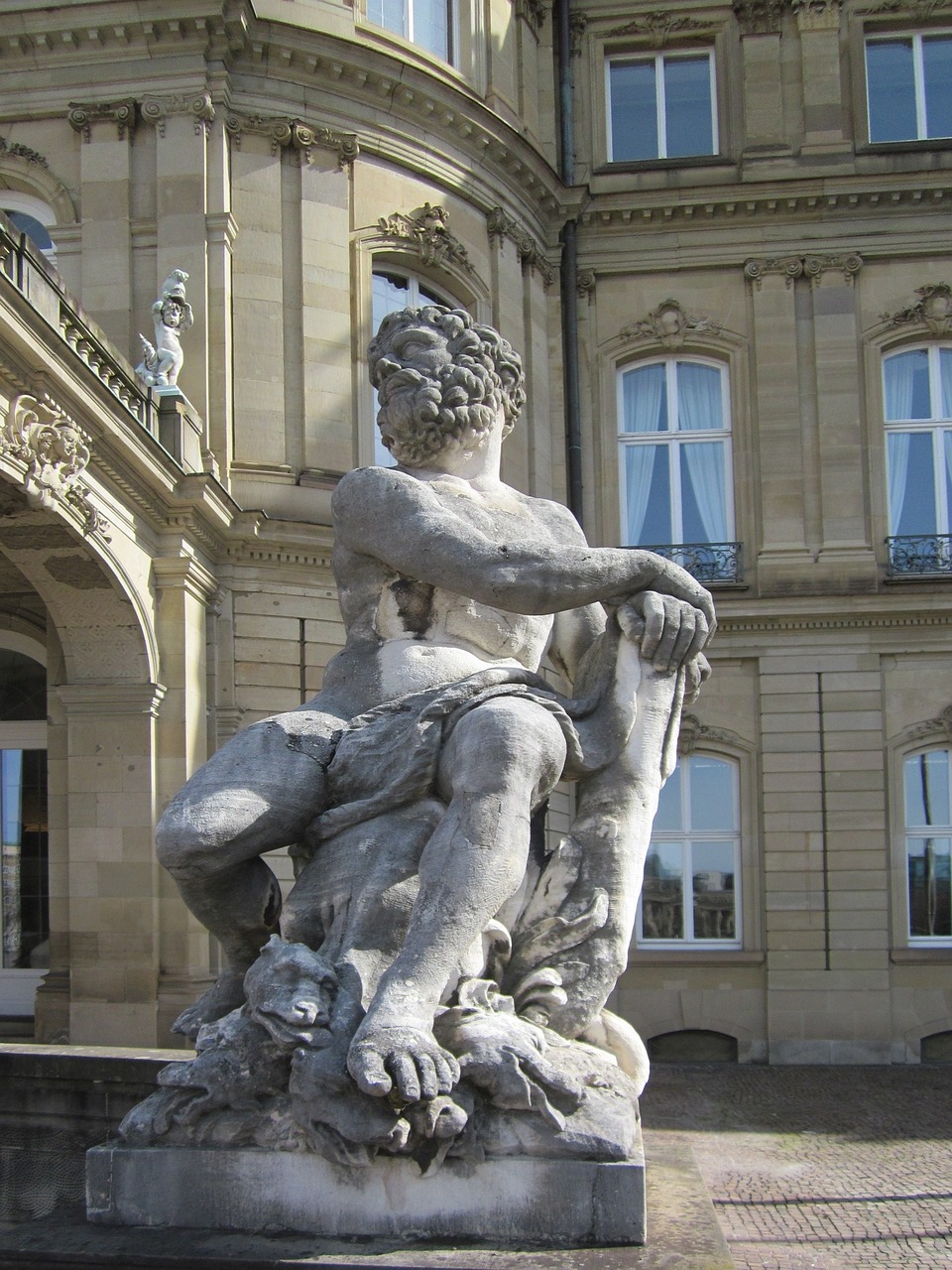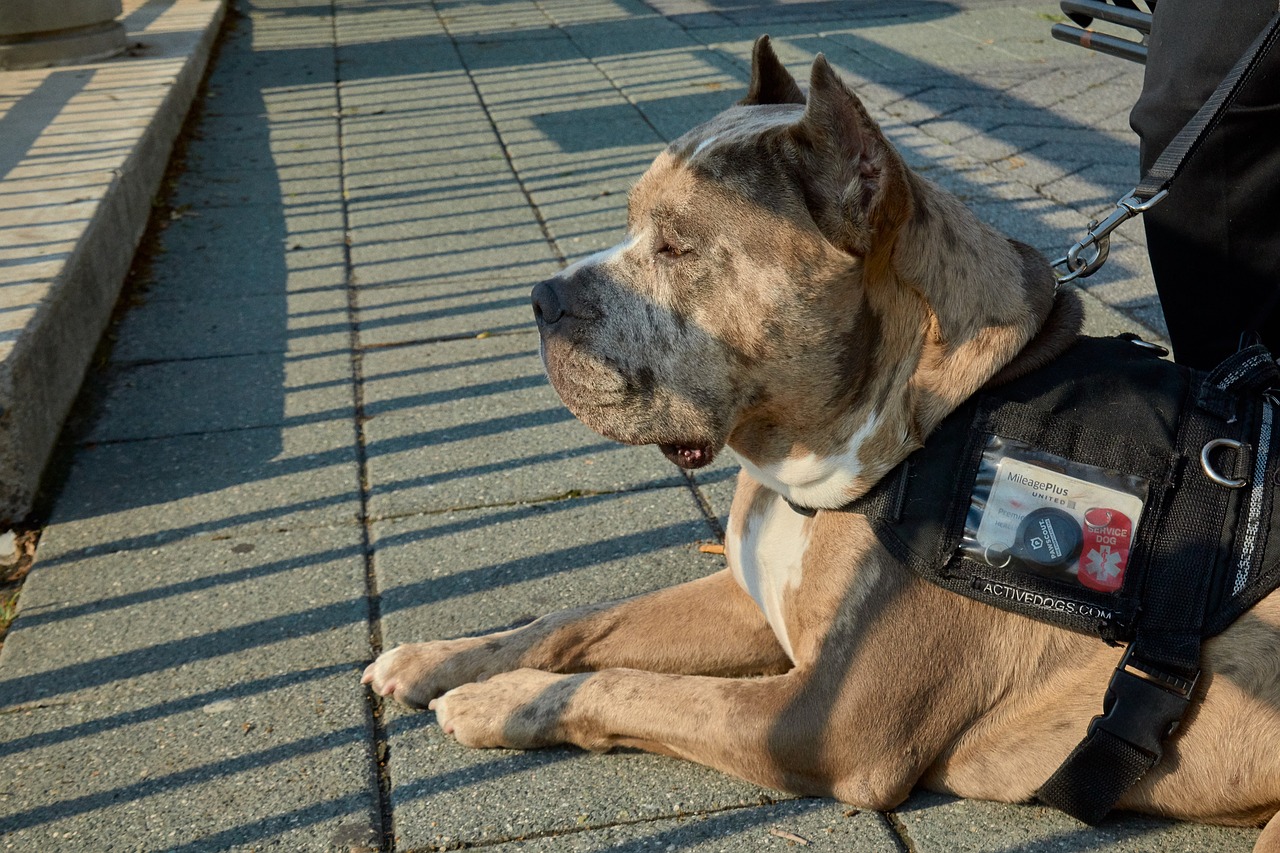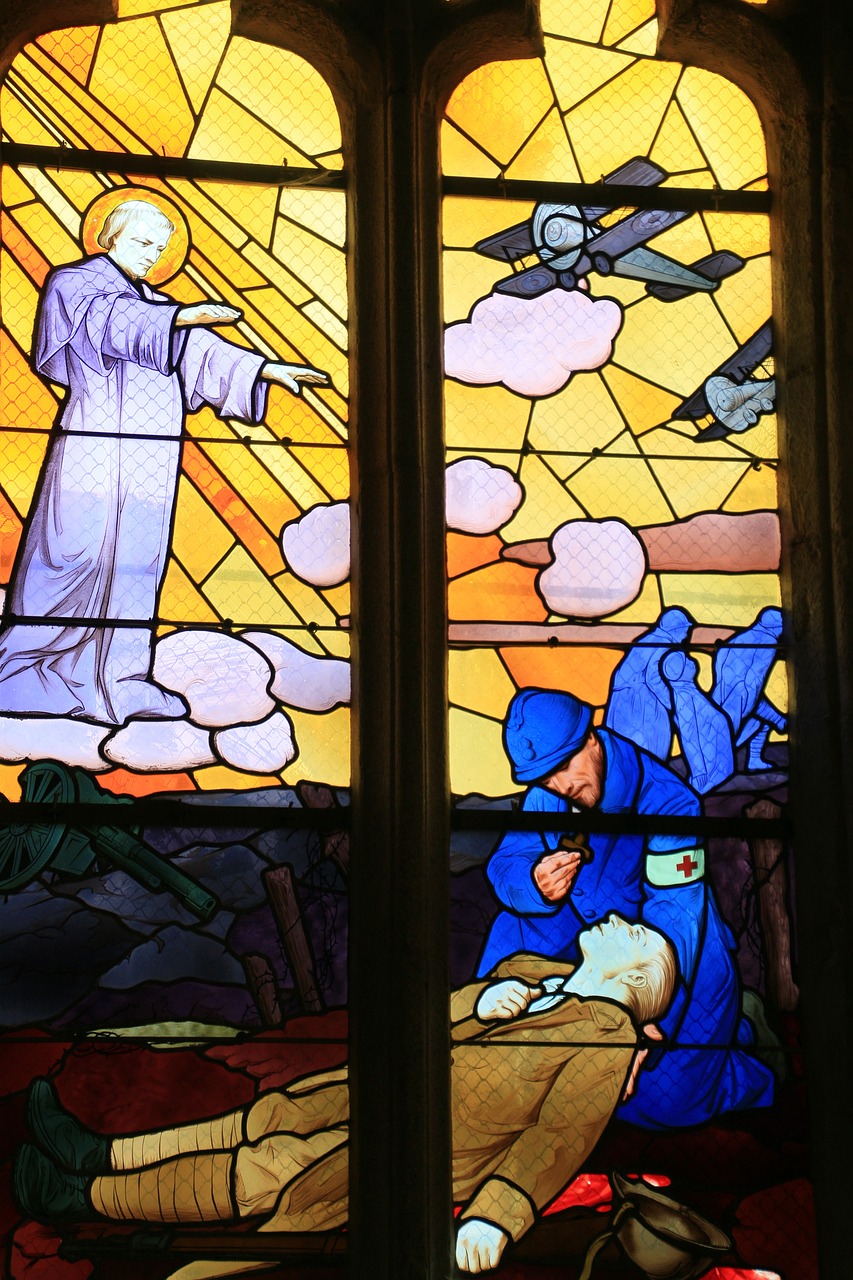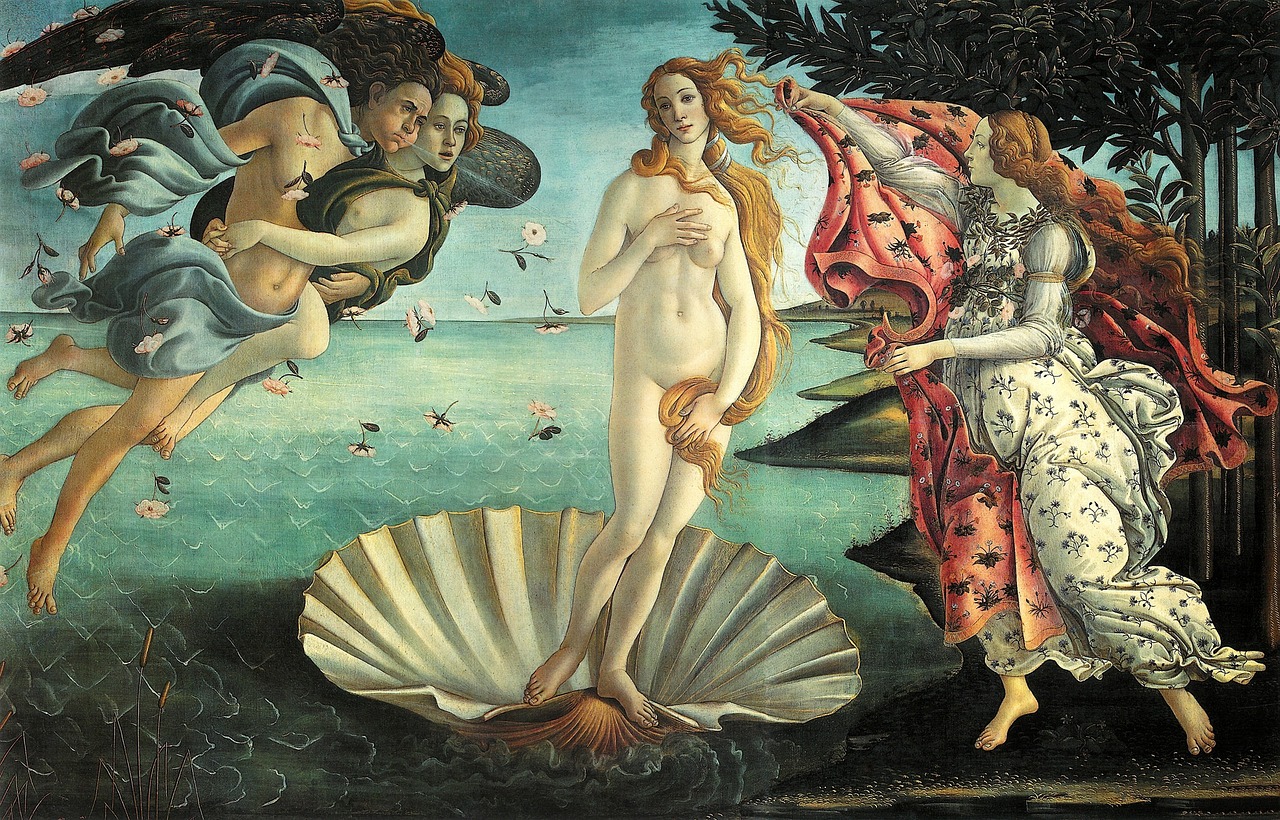Tag: Greek mythology
-
As a consequence for the tragic murder of his offspring, Heracles sought guidance from the Oracle at Delphi, who instructed him to undertake twelve daunting tasks for Eurystheus, the ruler of Tiryns and Mycenae. Eurystheus had assumed the throne of Mycenae after his father, Sthenelos, forcibly claimed it from Amphitryon, Heracles’ biological father. Consequently, this…
-
Ares, the formidable Greek deity associated with warfare, occupies a prominent place among the twelve Olympian gods of Mount Olympus. Revered as the god of battle, Ares embodies the fervor and violence that accompany conflict. He is frequently illustrated as a powerful and aggressive warrior, brandishing weapons such as spears and swords, representing the tumultuous…
-
Ares, the Greek god of war, holds the distinction of being one of the least favored deities among the Olympians due to his volatile nature, fierce temperament, and insatiable appetite for battle. His infamous liaisons, such as the affair with Aphrodite, his conflicts with Hercules, and the anger he provoked in Poseidon by slaying his…
-
Gaia, often referred to as Gaea or Ge, stands as a foundational goddess within Greek mythology, symbolizing the Earth itself. Born from the primordial state of Chaos, she is regarded as both the mother goddess and the ultimate divine figure for both mortals and deities. Her lineage is significant, with all major gods and goddesses…
-
Cerberus: The Guardian of Hades in Greek Mythology Cerberus, also referred to as Kerberos, is famously known as the formidable three-headed canine guardian of the underworld in Greek mythology. This monstrous creature was tasked with watching over the gates of Hades, ensuring that the souls of the deceased could enter but never escape. In artistic…
-
Poseidon: The Greek God of the Sea Poseidon, a prominent figure in Greek mythology, reigns as the god of the sea, storms, earthquakes, and horses. Known for his fierce temperament and unpredictable nature, he is often regarded as one of the most volatile Olympian deities. His legendary wrath, particularly when he feels disrespected, is well-documented.…
-
Hermes: The Olympian Messenger Hermes, known as the Olympian deity, held dominion over herds, commerce, heralding, athletics, and even thievery. This overview delves into his attributes, divine estate, sacred flora and fauna, and associated deities. Classical representations of Hermes highlight several distinct features: the herald’s wand (known as kerykeion in Greek and caduceus in Latin),…
-
Selene, among the younger generation of Titans, served as the Greek goddess representing the moon. Many ancient poets and authors depicted her not just as a celestial figure but as the very embodiment of the moon. Revered as a vital celestial presence, Selene garnered respect not only as a lunar goddess but was also associated…
-
In ancient Greek religious belief, Hades, often referred to as “the Unseen,” is recognized as the deity of the underworld. As a son of the Titans Cronus and Rhea, he is also the brother to prominent figures such as Zeus, Poseidon, Demeter, Hera, and Hestia. This realm known as the underworld, depicted in art as…
-
Greek mythology encompasses the tales surrounding the deities, heroes, and customs of ancient Greece, and it prevailed throughout Classical antiquity. Although figures like the philosopher Plato during the 5th to 4th centuries BCE recognized that these myths featured substantial fictional elements, most Greeks regarded them as genuine narratives. The impact of Greek mythology has been…










